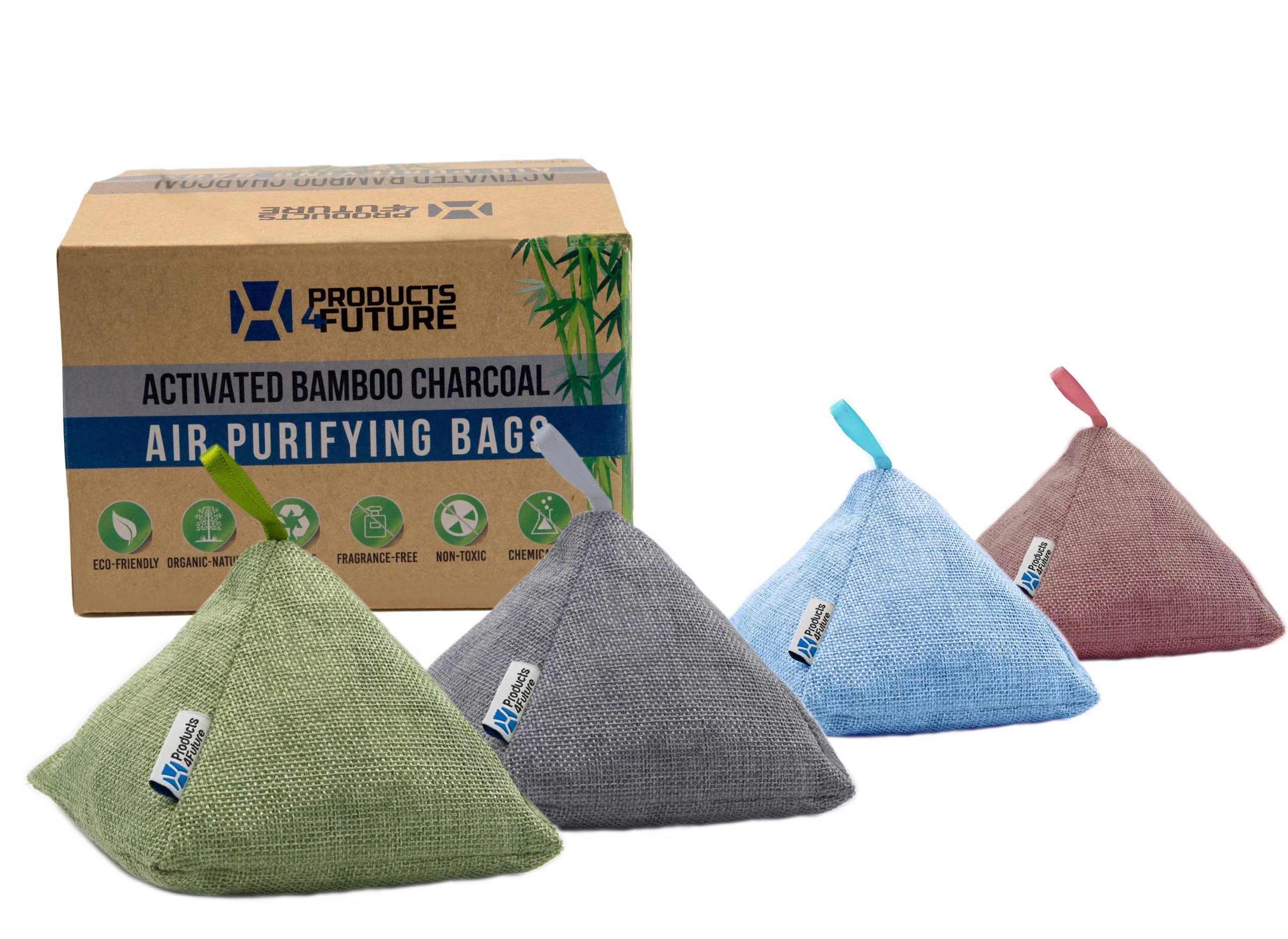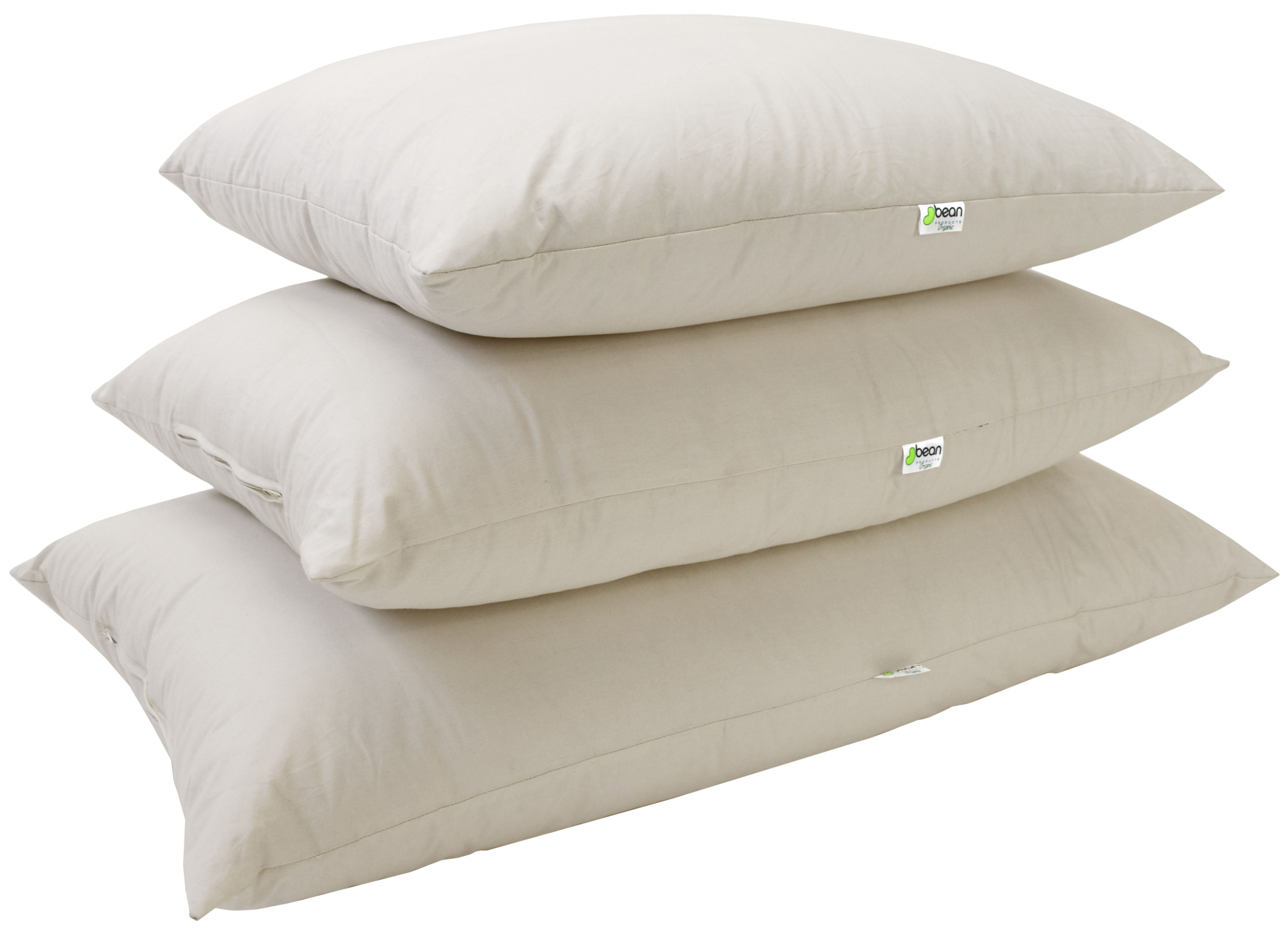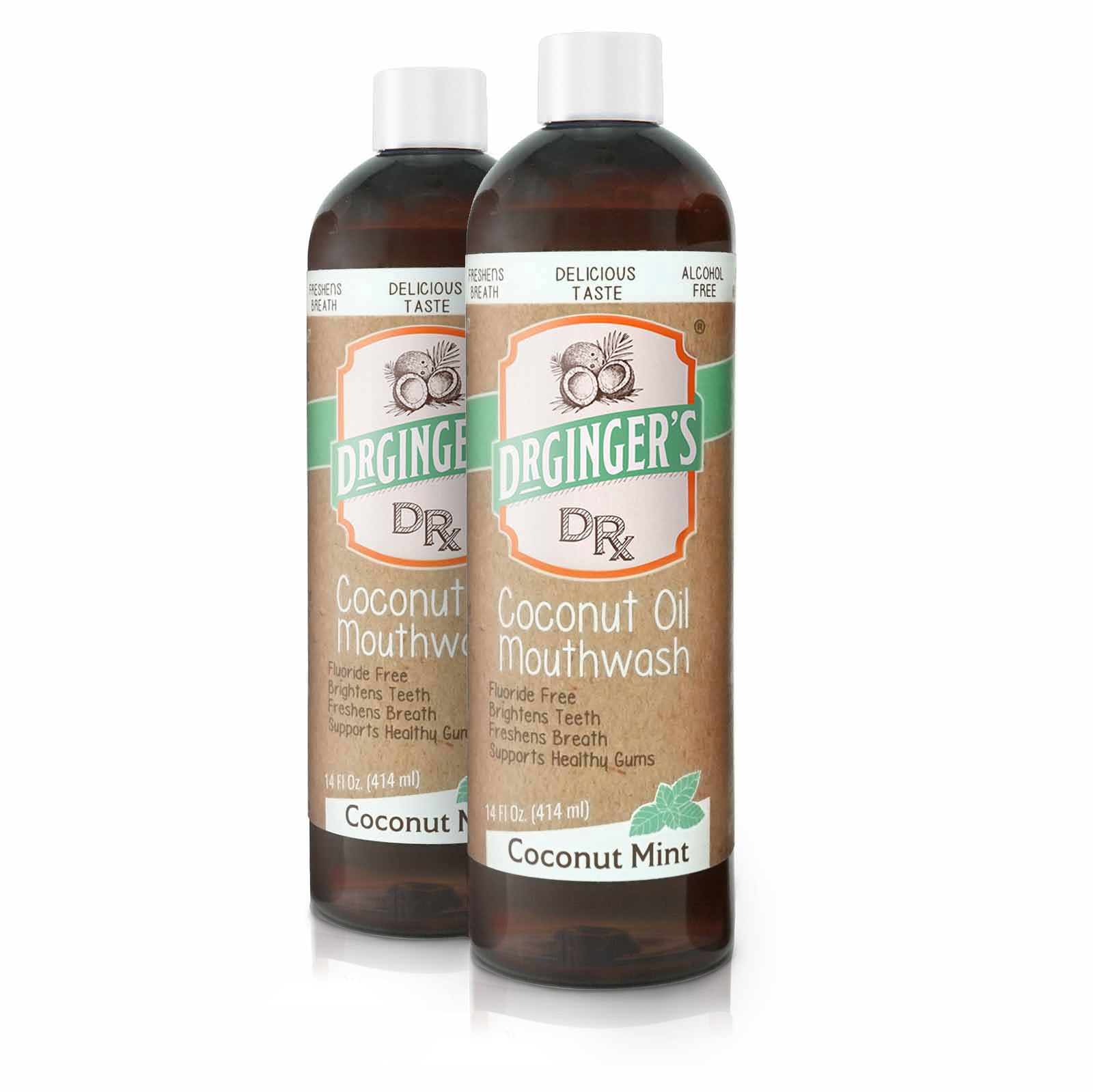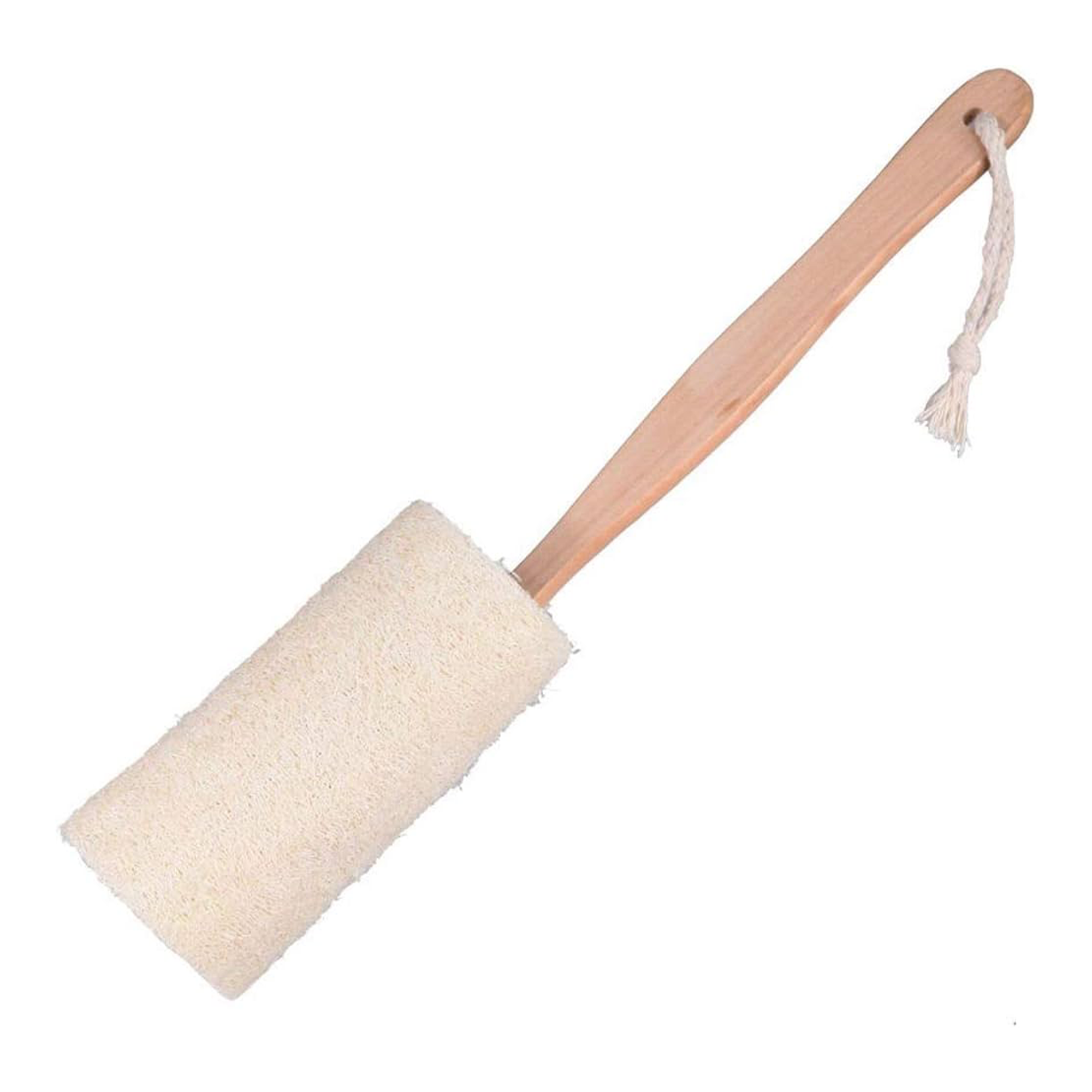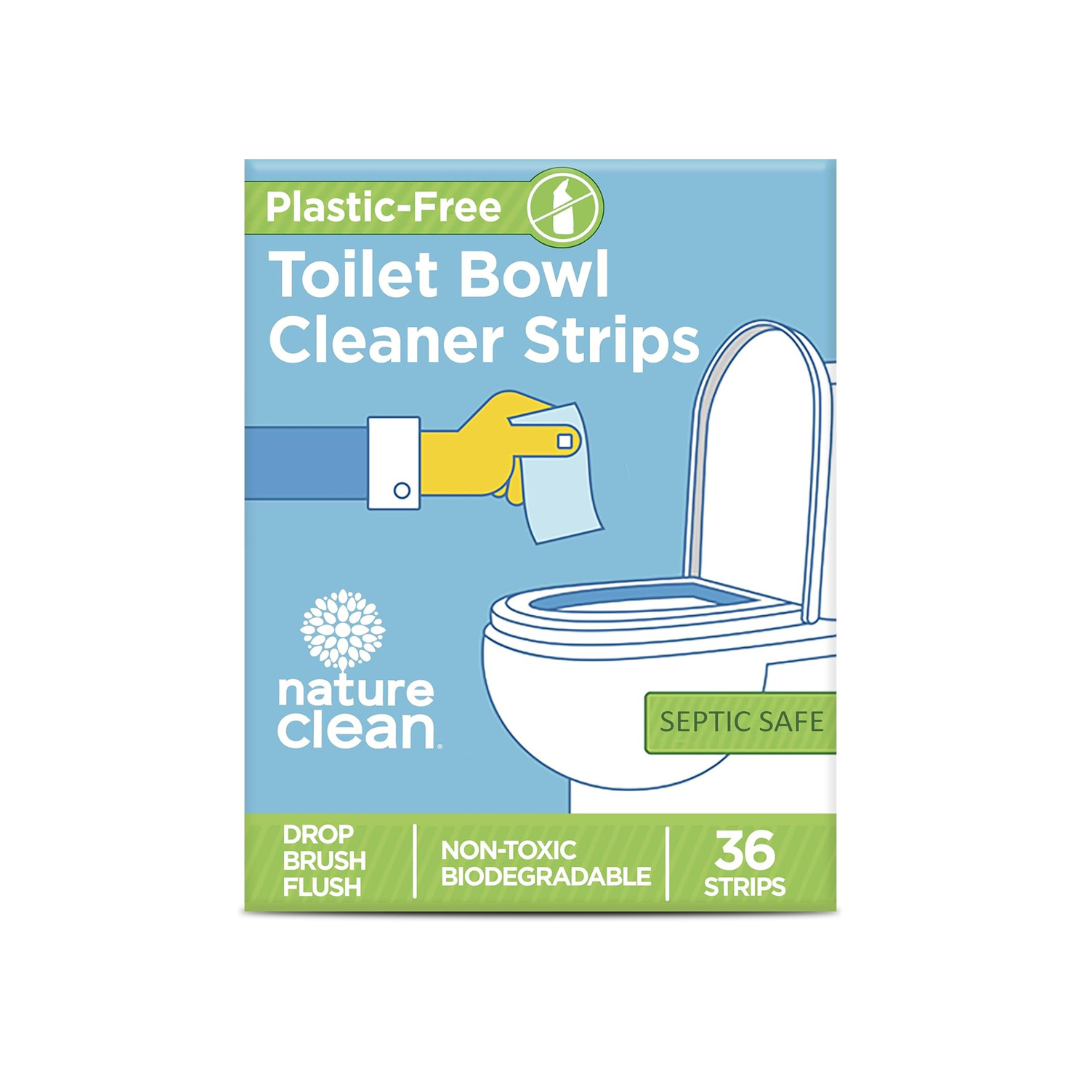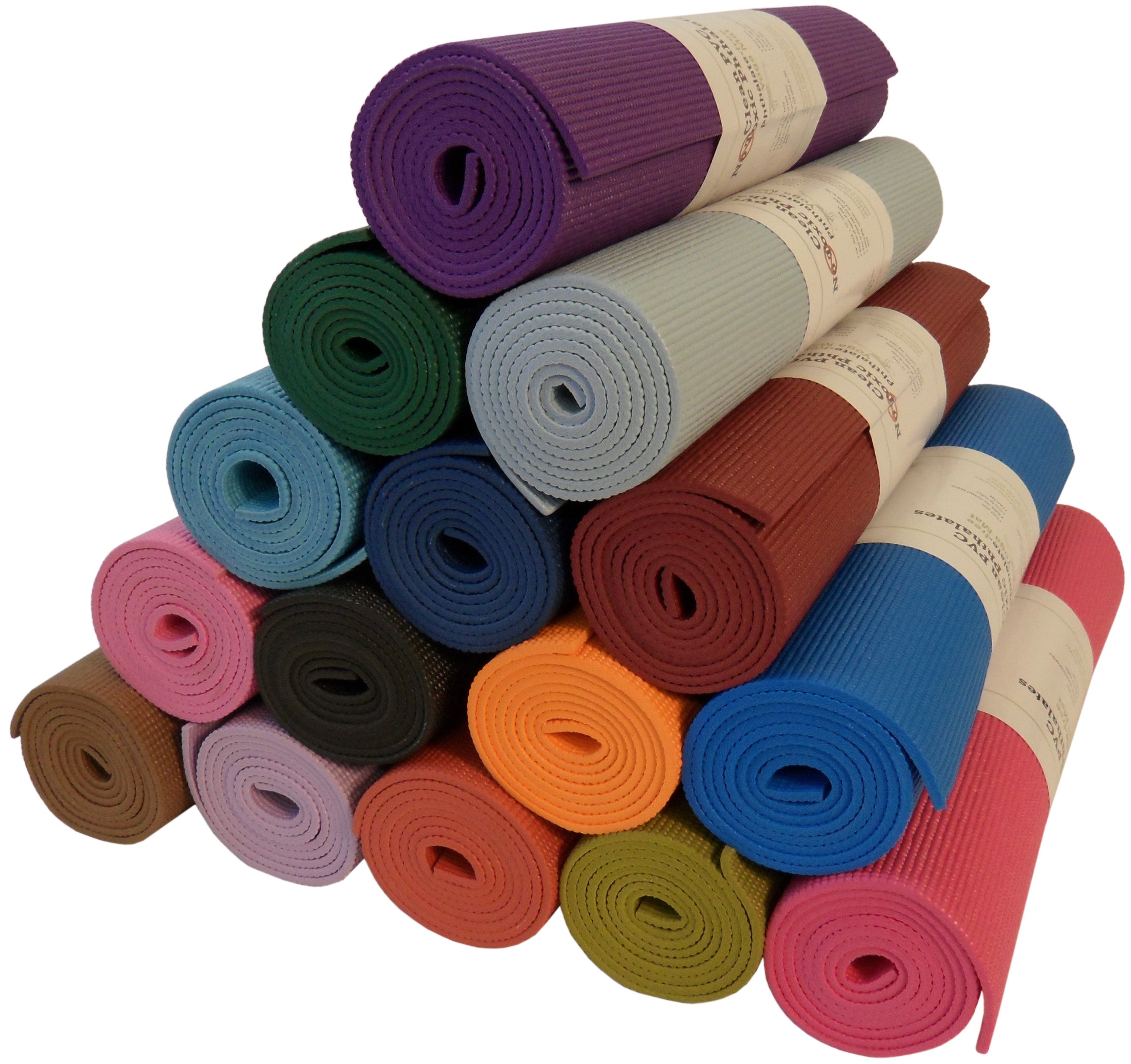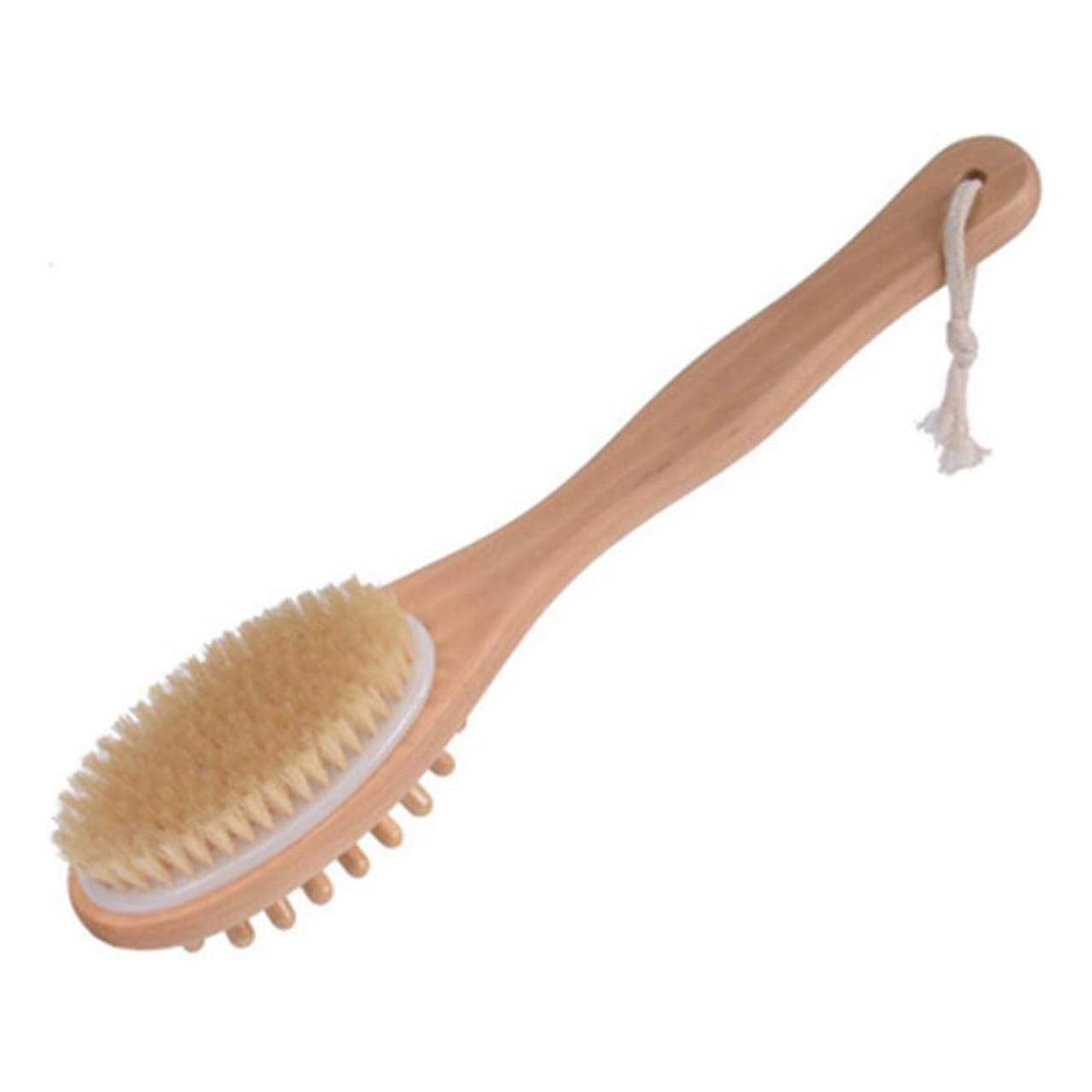Creating a green nursery is about more than just aesthetic appeal; it's about ensuring the health and safety of your baby while minimizing environmental impact. A green nursery incorporates elements like non-toxic materials, sustainable furniture, and energy-efficient solutions to create a safe, nurturing environment.
The Basics of a Green Nursery
To lay the foundation for a green nursery, understanding the essentials is crucial:
-
Non-toxic Materials: Opt for paints and finishes that are low-VOC or VOC-free to maintain good air quality. Consider the Environmental Working Group as a resource for understanding the importance of non-toxic materials.
-
Indoor Air Quality: Use natural ventilation and avoid synthetic fragrances. Plants can also improve air quality, though they should be placed strategically for safety.
-
Energy-Efficient Lighting: Install LED bulbs and Energy Star-rated appliances to reduce energy consumption. For more on efficient appliances, see Energy Star.
Choosing the Right Sustainable Furniture
Selecting the right furniture is pivotal in setting up your eco-friendly nursery:
-
Criteria for Eco-friendly Furniture: Look for furniture made from sustainable or recycled materials that do not emit harmful chemicals.
-
Recommended Materials and Brands: Bamboo, untreated wood, and recycled metals are excellent choices. Research brands that are transparent about their materials and supply chain.
-
Long-lasting Pieces: Invest in furniture that can grow with your child. Convertible cribs that become toddler beds, for example, offer longevity and sustainability.
Safe and Eco-Friendly Toys for Babies
Ensure that playtime is safe and environmentally friendly:
-
Importance of Non-toxic Toys: Toys should be free from BPA, phthalates, and lead. The safety of your baby is paramount, and choosing the right toys can contribute to their overall health.
-
Sustainable Toy Brands: Opt for brands that use natural materials like wood or organic textiles. Check for certifications that indicate safe and sustainable manufacturing processes.
-
DIY Toy Ideas: Creating your own toys can be a fun and fulfilling way to ensure they are safe and sustainable. Use natural materials like wood, cotton, or wool.
For more insights on eco-friendly living and tips on maintaining a sustainable home, visit Flora Blog.
Creating a Non-Toxic Sleep Environment
Ensuring your baby has a safe place to sleep is critical in a green nursery. Here’s how to establish a non-toxic sleep environment:
-
Organic Bedding and Mattresses: Choose mattresses and bedding made from organic cotton or wool, which are free from harmful chemicals and pesticides.
-
Hypoallergenic Materials: These materials are crucial for preventing allergies and ensuring your baby’s comfort and health.
Air Quality and Natural Plants
Good air quality is essential for your baby's health and can be enhanced with the right natural solutions:
-
Best Plants for Improving Indoor Air Quality: Spider plants, Boston ferns, and bamboo palms are known for their air-purifying properties. Make sure they are out of reach of children to maintain safety.
-
Maintaining Healthy Air Flow: Ensure regular ventilation and consider using an air purifier with a HEPA filter to keep the nursery’s air clean and fresh.
Eco-Friendly Nursery Decor Ideas
Decorating your baby’s nursery doesn’t have to come at the expense of the environment. Here are some sustainable decor ideas:
-
Using Recyclable and Biodegradable Materials: Opt for decorations made from natural fibers like wool or cotton, and avoid synthetic materials.
-
DIY Decor Ideas: Create your own nursery decorations using upcycled materials. This not only adds a personal touch but also reduces waste.
Maintaining a Green Nursery
Keeping your nursery eco-friendly over time requires ongoing effort. Here are some tips to help maintain your green nursery:
-
Cleaning with Natural Products: Use homemade or eco-certified cleaners to keep the nursery spotless and toxin-free. For more on cleaning naturally, visit Eco-Friendly Home Cleaning Tips.
-
Minimizing Waste and Recycling: Implement practices like recycling and composting to manage waste efficiently. For more tips, check out Sustainable Kitchen Practices.
FAQs
Address common questions regarding setting up and maintaining a green nursery:
-
What are the first steps in creating a green nursery?
-
Begin by choosing a room with good natural light and ventilation. Use non-toxic paint and furnish with sustainable materials.
-
-
How can I ensure the toys are safe for my baby?
-
Opt for toys made from natural materials and ensure they are certified by reputable organizations for safety and environmental impact.
-
-
What are some affordable green nursery options?
-
Consider upcycling furniture, making your own decor, and buying multi-functional furniture that can grow with your child.
-
This section completes our guide on creating and maintaining a green nursery. By focusing on sustainable practices, non-toxic materials, and natural solutions, you can ensure a safe, healthy, and eco-friendly environment for your baby. For more insights into eco-friendly living and sustainable practices, keep exploring Flora's blog on sustainable living.




